UW-Eau Claire alum Sawyer Brice premiered his documentary film, “Pilot: A Jarrah Webster Story” in Minneapolis on Sunday. It centers around a young, up-and-coming designer, Raja Babu, as he diligently works on his clothing brand with Minneapolis serving as a backdrop.
Jarrah Webster is the name of Babu’s clothing brand, and it also serves as a buffer between himself and the brand.
“He likes the idea that his brand is a persona,” Brice said, leading up to the premiere. “It’s not him but it is him of course … and he loves the idea that there’s such separation there.”
Brice said he met Babu in person after following him on social media for some time and decided not long after that he wanted to make a project about him. Babu, who Brice described as focused on his craft and a bit introverted, was skeptical of the idea at first.
“I asked him how he would feel about me making a documentary about him and he said, ‘No,’” Brice said. “I kinda wore him down over a month.”
Part of Babu’s apprehension centered around what he saw as a lack of content to put into a documentary.
At the time the documentary started filming, Babu had yet to finish his last year of school at the Minneapolis College of Art and Design. The clothing line the documentary sees him working on is one of his first big projects.
The fresh, relatively unseen nature of Babu’s work is what Brice said intrigued him in the first place.
“That’s what’s special about it,” he said. “It’s the process of figuring yourself out and figuring out what you want to do as an artist, and I found it all to be super interesting.”
The documentary, while centered on Babu, finds time to look through the point of view of several of the individuals who model his clothes.
It also explores the setting of the Twin Cities and how creatives respond to its lack of proximity to the art world especially compared to juggernauts like New York City and Los Angeles.
Irve Dell is a Minneapolis-based artist who has been working in the area for decades and was depicted modeling for Babu in the documentary.
Dell has experience with the mercurial spot his industry seems to occupy in Minneapolis. A place he said was great for creating art but not necessarily selling it.
Brice, who moved to Minneapolis after he graduated from UW-Eau Claire a few years ago, echoed this sentiment and welcomed the challenge.
“I love the idea of trying to make it in a place that isn’t set up for you to make it,” he said. “A lot of talented friends of mine have gone to LA, New York or Atlanta because they didn’t know if they could achieve their dreams (in Minneapolis).”
An eclectic group of artists and models of different ages and backgrounds saturate the documentary’s 40-minute run time, but Brice said he avoided using this aspect in an overzealous manner.
Babu’s identity as the son of two immigrants from India and Ethiopia is never directly discussed in the documentary. This is a decision that Brice said was intentional and came from a discussion between Brice and Babu, side-stepping common cliches in the process.
“It’s something that white people love to talk about … that’s just such a default thing to do in our opinion,” Brice said.
One way culture is expressed throughout the documentary is with its use of music. Genres ranging from Ethiopian jazz to U.K. rap and rock guide the viewer through the understated, mediative project.
The music was something Brice said was inspired by his own personal favorites as much as it was by things Babu would play while the two were around each other.
“He’d be playing some stuff and I would just take note of what it was,” Brice said. “If it was something I thought I could use I would [consider] using it.”
Another crucial part of the production of the documentary was the way it was filmed. Many parts are digital but some segments were shot on 16mm and super 8mm film. A process Brice noted for its difficulty.
Some of the project’s relatively small budget went to the purchasing and developing film, which Brice said had to be individually mailed out to a New York film developer in a process that happened weeks at a time.
“The film process is beautiful … but also pretty annoying,” he said.
But Brice also said the use of film gave the documentary the gritty, unfinished quality he was looking for.
“I wanted it to feel kind of unpolished and as real and raw as I could and film looks like that,” he said.
“Pilot: A Jarrah Webster Story” is out now. To watch it and find more info about Brice’s work, go to sawyerbrice.com.
Correction note: A previous version of this story misspelled Jarrah Webster and has been corrected.
Obadiya can be reached at obadiyod88912@uwec.edu


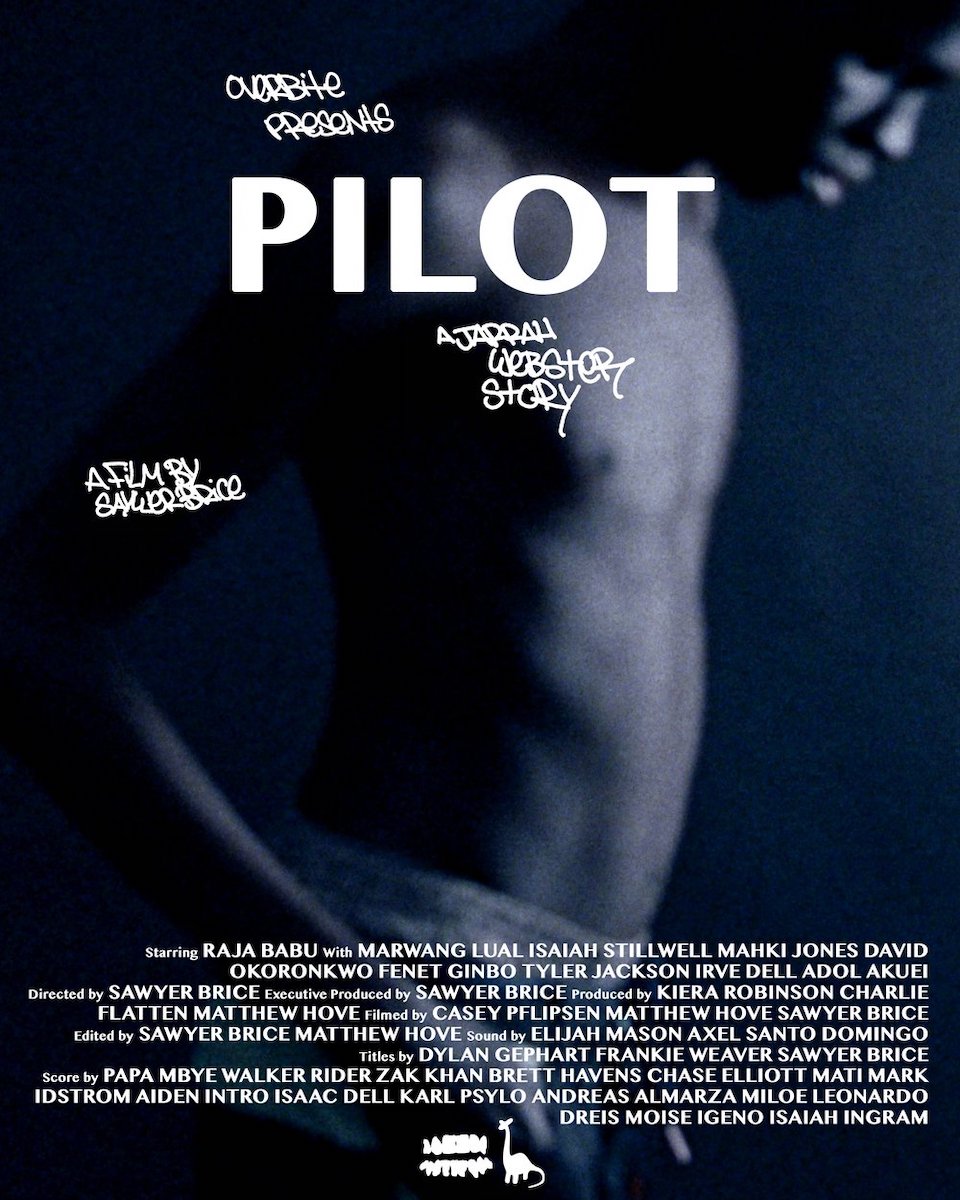

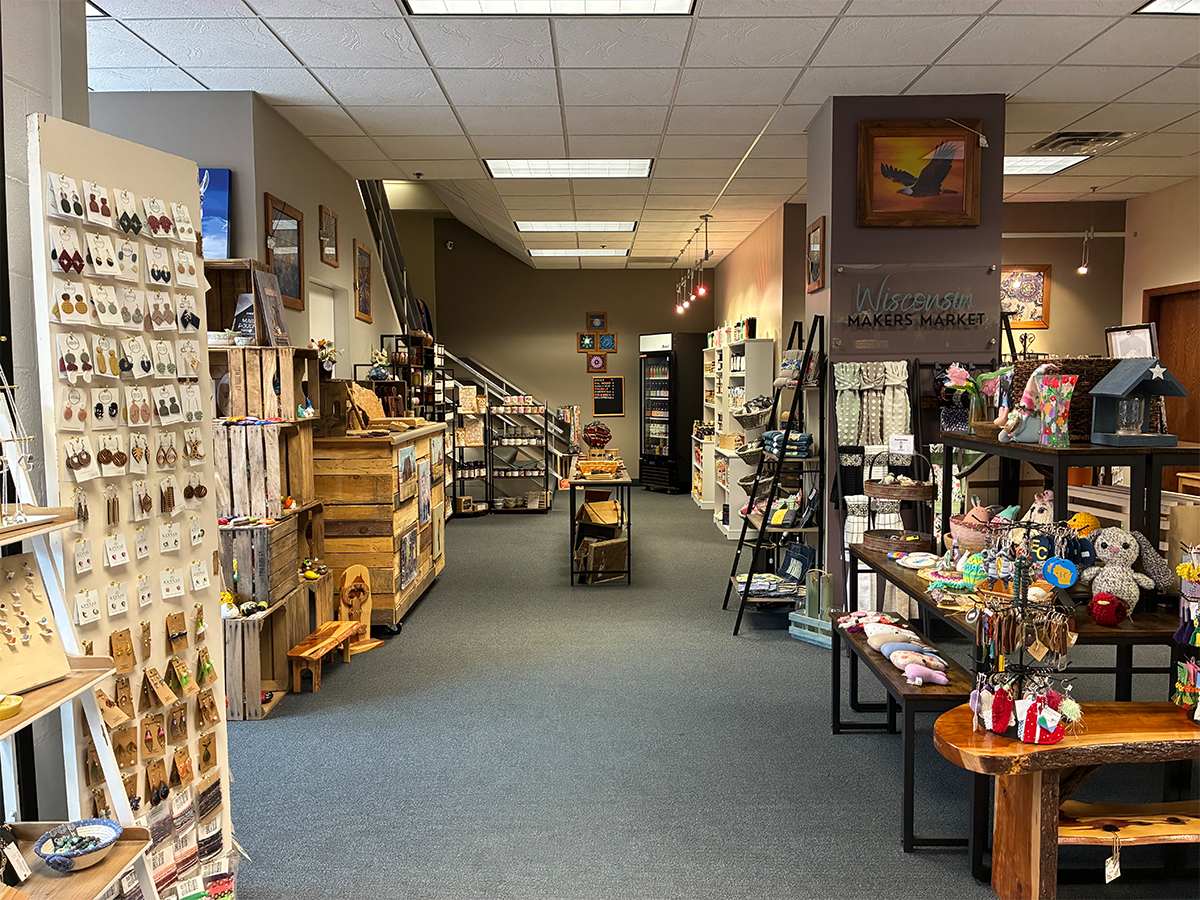
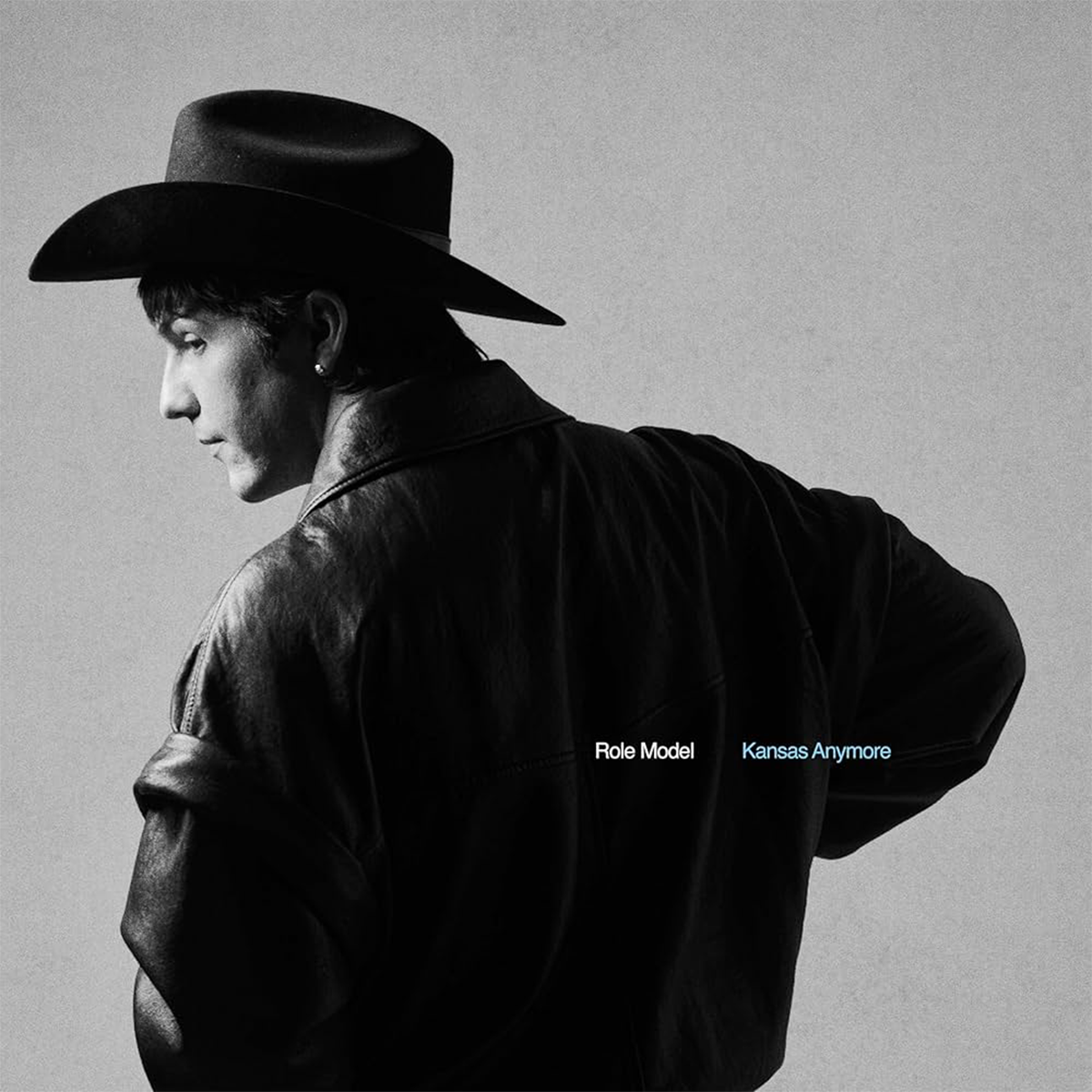
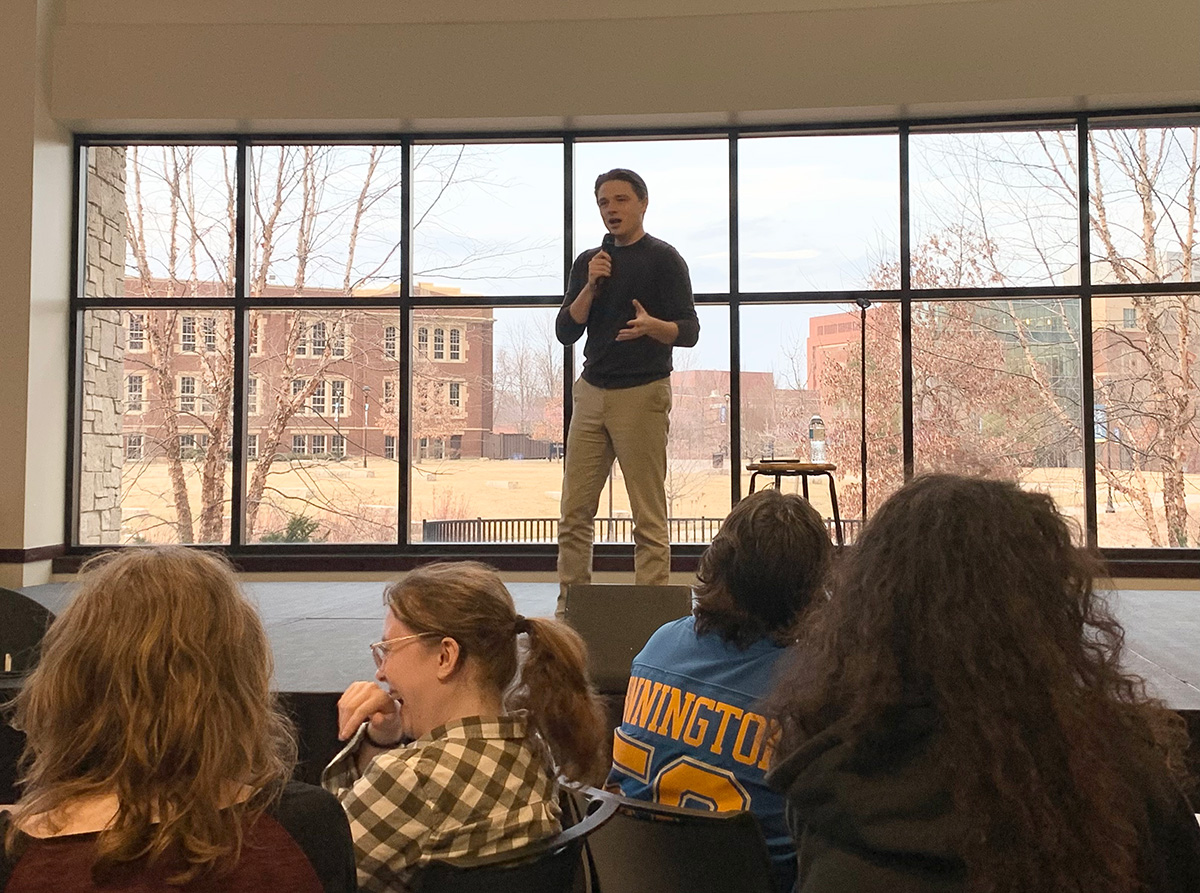

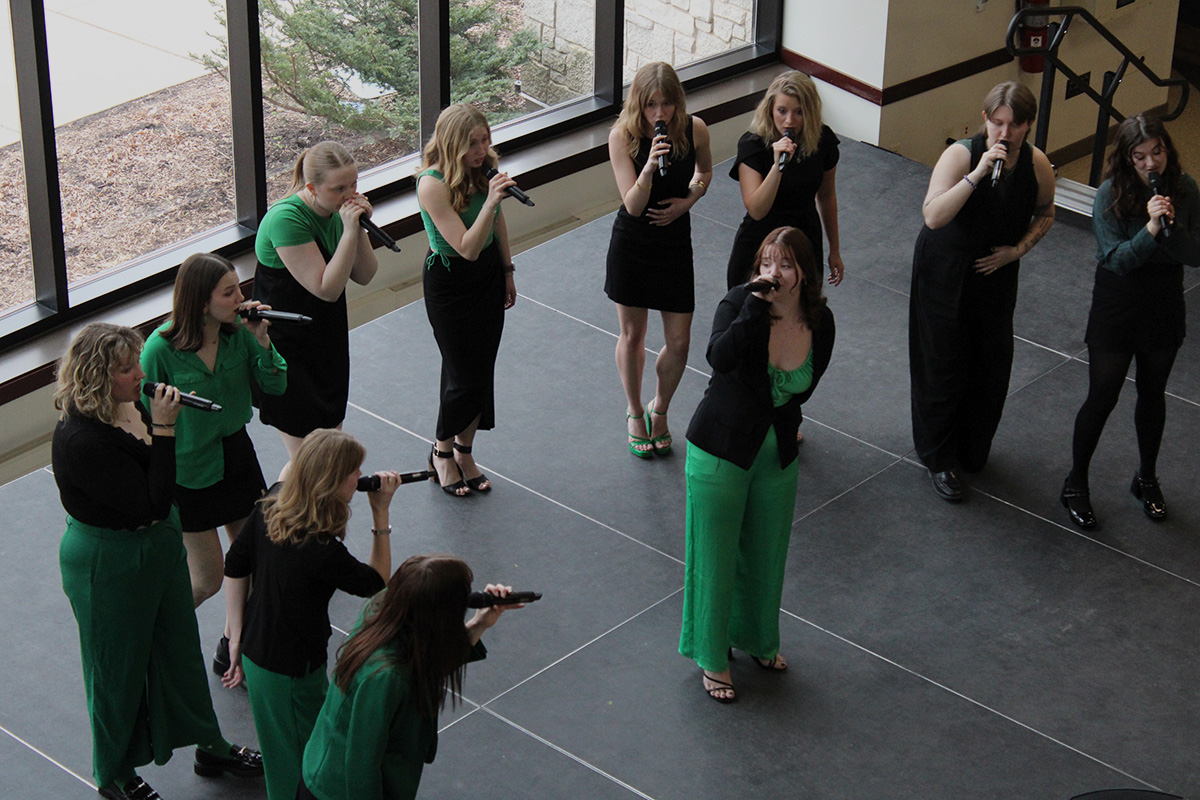
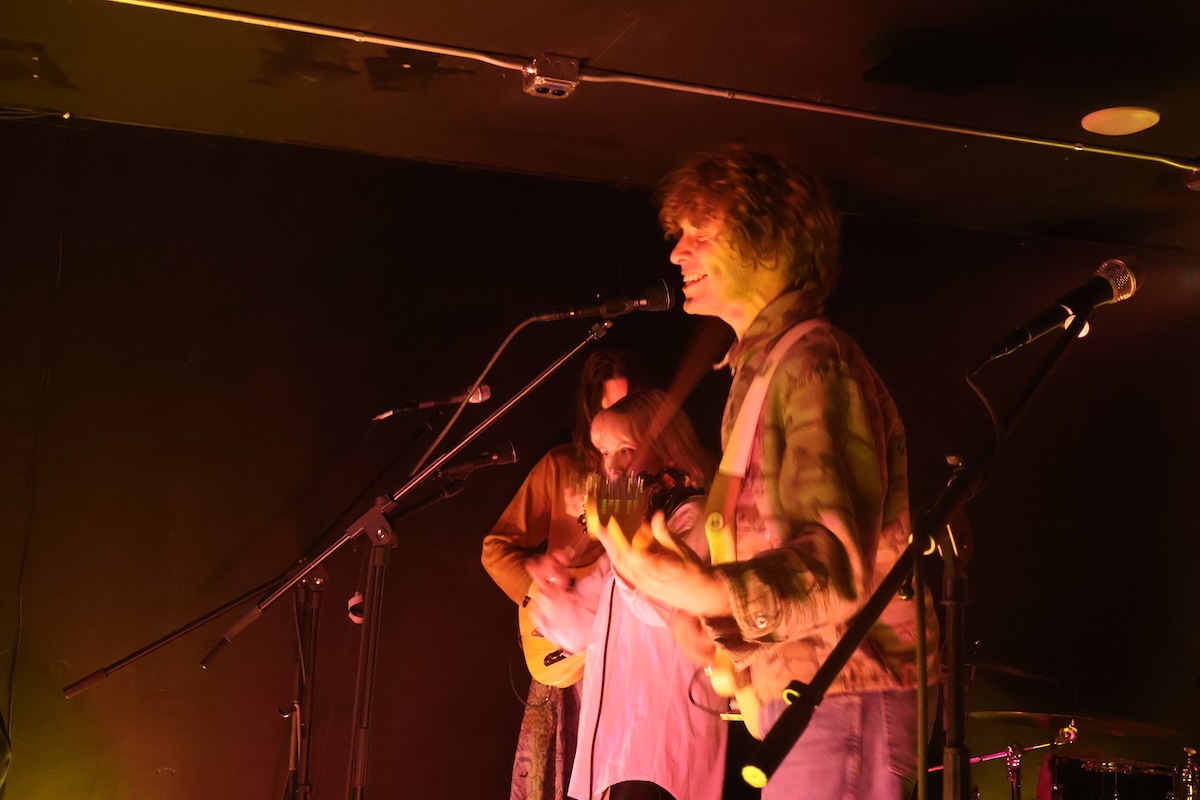
Angela • Apr 23, 2024 at 12:12 pm
you guys misspelled his name multiple times and his parent’s origin, please write stories accurately he deserves it!